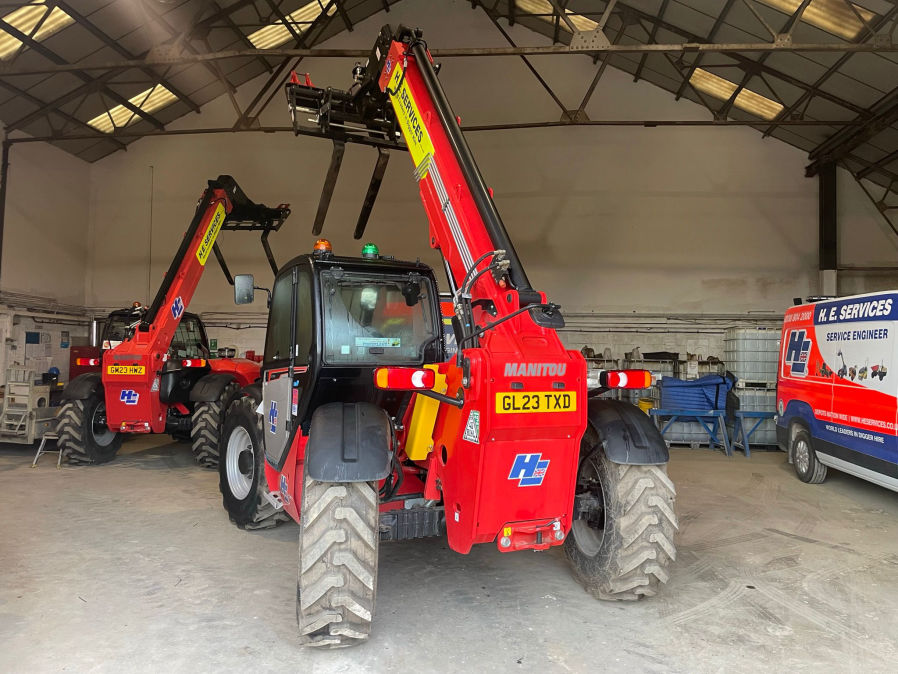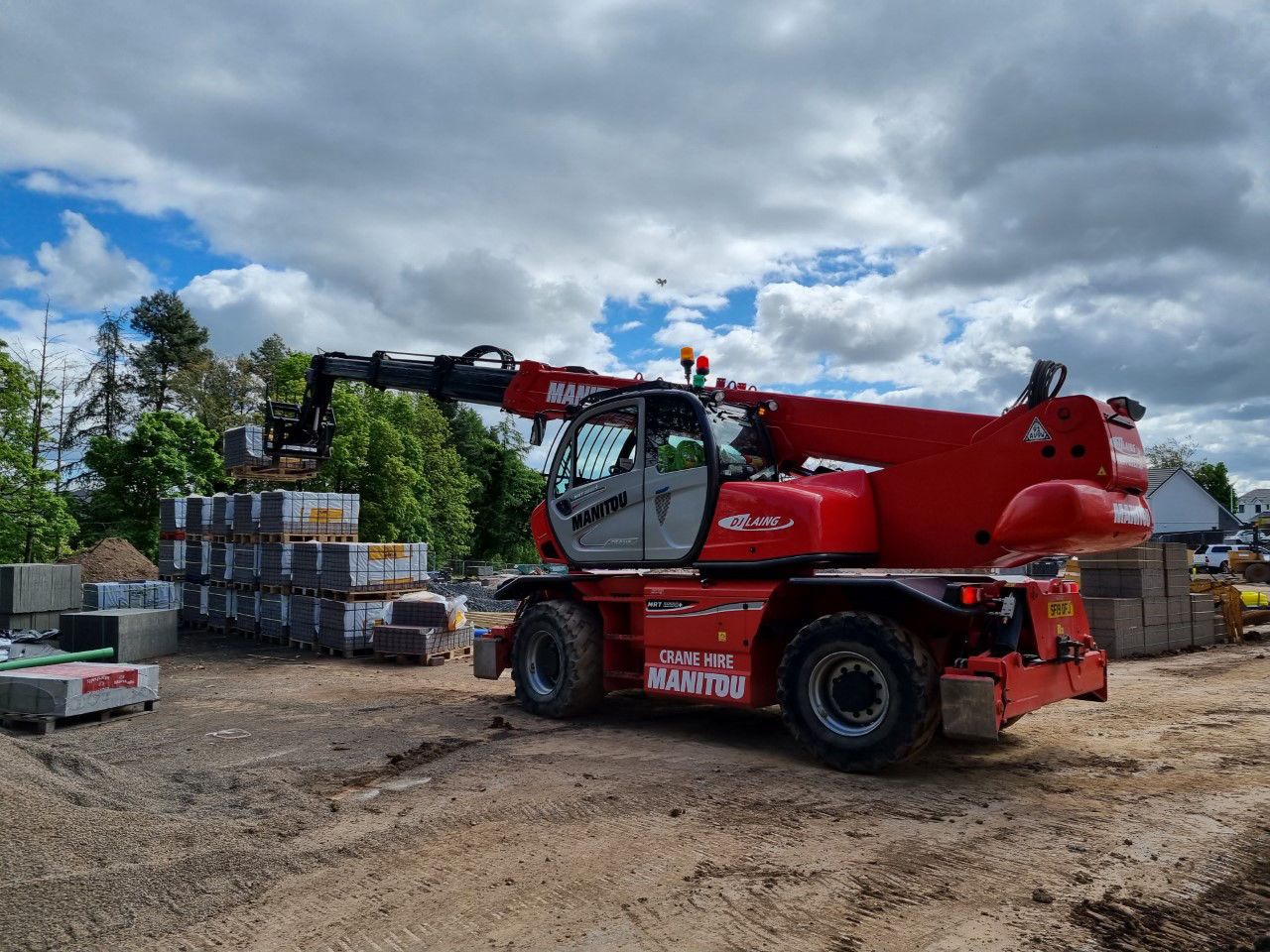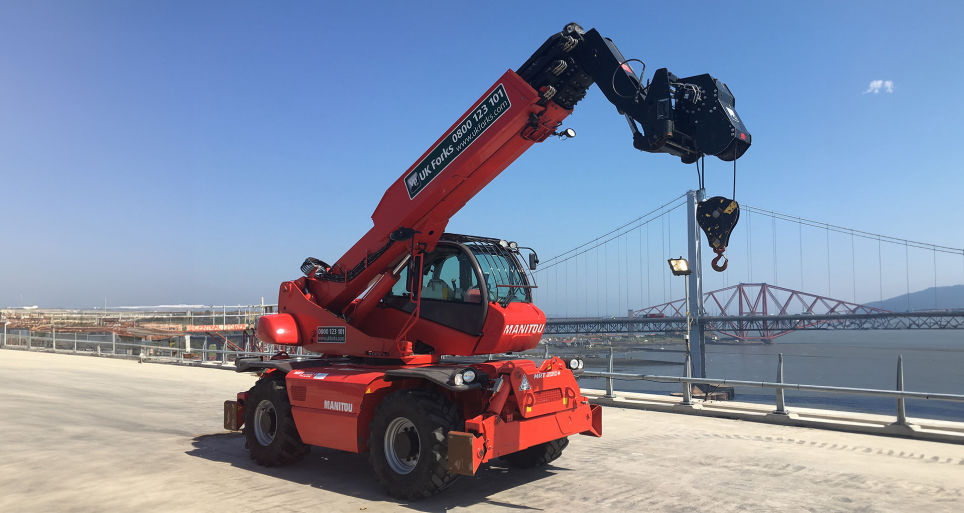Kenwick is a suburb located within the City of Gosnells in Western Australia, situated approximately 20 kilometers southeast of Perth's central business district. The suburb's geography is characterized by its flat terrain, which is typical of the broader Swan Coastal Plain. Kenwick is bordered by several major roads, including the Albany Highway and Kenwick Link, providing easy access to surrounding areas and facilitating commuting to Perth. The suburb is also situated near the Canning River, which adds to its natural beauty and offers opportunities for outdoor recreational activities.
As of the most recent census, Kenwick has a diverse population of around 7,000 residents. The community is known for its multicultural makeup, reflecting the broader diversity of the metropolitan area of Perth. This demographic mix contributes to a vibrant local culture, with various community festivals and events held throughout the year that celebrate the suburb's rich tapestry of backgrounds. The population density in Kenwick is relatively moderate, which allows for a tight-knit community atmosphere while still providing the amenities and services expected in a suburban environment.
The climatic conditions in Kenwick are typical of the Mediterranean climate found in much of southwestern Australia. Summers are generally hot and dry, while winters are mild and wetter. Average summer temperatures can reach the high 30s Celsius, while winter temperatures typically hover around 10 to 20 degrees Celsius. The rainfall mainly occurs during the winter months, making the region ideal for growing various types of vegetation and supporting local parks and green spaces. These climatic conditions also allow for a range of outdoor activities, making Kenwick an attractive place for families and individuals who enjoy an active lifestyle.
Kenwick offers several major attractions and institutions that cater to its residents and visitors alike. The suburb is home to the Kenwick Link Shopping Centre, which provides essential retail services, dining options, and other amenities. Additionally, the area boasts several parks and recreational facilities, such as the Kenwick Skate Park and the nearby Canning River Regional Park, which are popular among locals for outdoor activities. Educational institutions in Kenwick include the Kenwick Primary School and the East Kenwick Primary School, both of which serve the local community and contribute to the suburb's family-friendly atmosphere. With its combination of natural beauty, community spirit, and essential services, Kenwick stands out as a pleasant suburban locale within Western Australia.


